Having a nice lifestyle, convenient access to transit, shopping, and entertainment, as well as leading a lavish existence, are all benefits that come with city living; yet, there are also numerous negatives to city living. Congested places, a lack of vegetation, pollution in the air, a shortage of organic foods, and many more issues. Let’s check out how to start a terrace garden from scratch in Bangalore/Karnataka below.
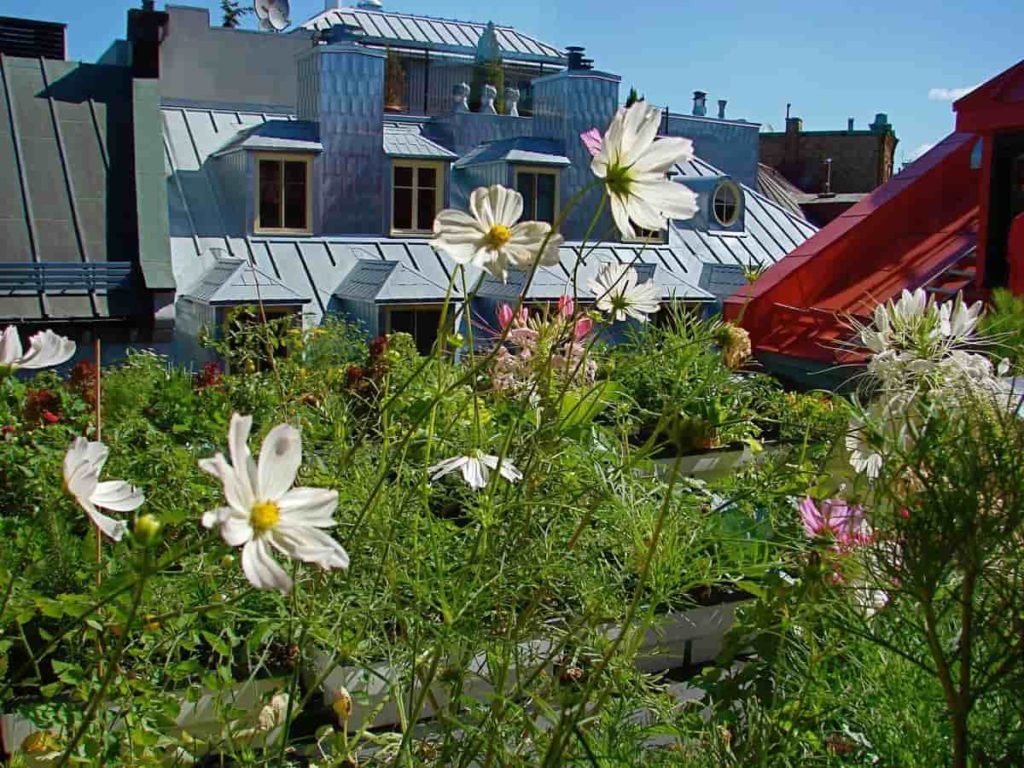
The migration of individuals from rural regions to urban areas in search of improved income generation and living conditions is a daily factor contributing to the growth of the world’s population. Because of this, most of the agricultural lands have been transformed into residential zones, which has reduced the amount of land available for the cultivation of agricultural and horticultural products.
We’re all living in a concrete jungle, and the idea of going outside is turning into a nightmare. When we consider establishing an urban garden, the limited available area is the first thing that comes to mind. The garden terrace is an urban element common feature in modern times. Flats are becoming more popular in today’s society, which has led to the decline of single-family houses that include components such as lawns, gardens, and complexes.
Large apartments are gradually taking the place of dwellings like this in cities and villages. As a result, private house gardens are disappearing, and the only sites still available for gardening are rooftops, terraces, and balconies. On the other hand, terrace gardening in Bangalore can be done on almost any kind of building, including residential flats, individual homes, business centers, industries, and godowns.
The only preparation work required of you is to do a simple waterproofing of the roof. The most significant aspect is that you don’t need any agricultural experience or training to grow your garden on a terrace. To succeed, you need a strong interest in the subject and the desire to put your hands on your food. In addition, setting up a terrace garden can be done in as little as a week, and you may start reaping the fruits of your hard work around one month after you plant the very first seed.
Below we will learn about the climate and soil of Bangalore, Karnataka, the advantages and disadvantages of terrace gardening, how to set up a terrace garden in Bangalore, Karnataka, and how to grow different fruits, vegetables, flowers, and herbs on the terraces of Bangalore, Karnataka.
Advantages of terrace gardening
You can space over your roof to enjoy. Your terrace home garden can be as big or as tiny as you want it to be, depending on the dimensions of your terrace. Building a garden landscape on vast terraces is also possible using grass beds, pebbles, stones, and more. Small fountains can also be added to the walkways. Stress levels will be reduced, and your ability to remain calm will improve if you regularly spend time in this environment.
In case you missed it: How to Start a Terrace Garden From Scratch in Delhi: For Vegetables, Flowers, Herbs, and Fruits

It keeps you in shape. While gardening may be a lot of effort, terrace gardening and upkeep are just enough to keep you busy and healthy. Maintaining physical fitness, working your joints, and boosting your mood are all made possible without needing back-breaking labor when caring for plants.
You can grow fresh vegetables in your terrace garden. Vegetables, spices, herbs, and even fruits can all be grown easily and conveniently in a terrace garden! Imagine concluding your evening stroll in your garden on your terrace with a hearty bowl of soup from vegetables grown in your organic terrace garden!!
Disadvantages of terrace gardening
Adding a rooftop garden to a building might pose structural and weight challenges. In any case, you’ll be adding a substantial amount of weight to the framework of your roof garden by using soil or pots to grow your plants. The weight of the patio slabs and furnishings is also added to the roof. The building’s roof must be appropriately reinforced before establishing a rooftop garden.
High-roof gardens may have issues with wind damage to plants and seedlings, particularly in the early stages of growth. A structure’s water supply is under additional stress when it has a roof garden. There are two options if you don’t have access to a water outlet on the roof: either put in a roof garden or use water from the building. In contrast to regular ground gardens, roof gardens need a specialized drainage system that is both time-consuming and costly.
Using this approach, the building’s walls will be impenetrable to any water from the garden. Drainage must also guarantee that no water from the garden leaks onto the building’s exterior. Insurance firms are likely to raise the premiums they charge for buildings with a roof garden to insure such buildings. A roof garden’s higher insurance premiums make it more costly than a conventional backyard oasis.
They may fall from a rooftop garden, which makes them riskier than regular gardens. Keep the perimeter of your roof garden barred if you have youngsters visiting or if you’re inviting them over. Roof gardens with soil beds need a barrier to separate the soil from the building’s rooftop before planting. Specialists are needed to install this membrane, which might cost a lot of money.
Roof garden membranes can deteriorate over time or be punctured by screws, nails, or the usage of garden equipment. When a membrane ruptures, water and soil can seep into the structure of the building. As a result, the terrace garden may have to be completely removed and rebuilt from scratch.
About the climate and soil of Bangalore
Bangalore is the capital city of Karnataka state. The climate in Bangalore can be described as tropical savanna, and the city has distinct wet and dry seasons. A temperate climate prevails throughout the year due to the region’s high sea level elevation. Even if this concrete jungle has a pleasant climate year-round, you’ll still need to discover the optimal periods to grow various plants to keep them from dying.
Temperatures ranged from a low of 15.1°C to a high of 35°C. Some plants, including red gram, Bengal gram, green gram, groundnut, and castor seeds, grow well in red soil because it contains high concentrations of the mineral iron. However, to make this soil ideal for growing all the different vegetables and fruits you have in mind for your terrace garden, you will need to add some extra ingredients.
Nutrients are essential for a successful harvest, whether growing plants in a field or growing microgreens in the convenience of your garden. Always use organic fertilizers and homemade compost while planting. The most helpful component when making compost at home is kitchen scraps, dried leaves, or animal manure. A high-quality potting mix will assist in maintaining the soil’s moisture level while also ensuring that it drains properly and allows for enough air circulation.
How to Start a Terrace Garden From Scratch in Bangalore/Karnataka: A step-by-step guide to starting a terrace garden in Bangalore
Start planning your terrace garden
Sketch the plan of the garden you want to create, such as a spring garden, a container garden, a raised bed garden, or even a sitting area in the center of the garden for frequent nature therapy treatments. When deciding where to put various plants, think about how much light and shade they will get. Place plant pots in areas where you will have easy access to water. Some crops thrive in full sunshine, while others prefer a more shady environment. The selection of locations must be altered according to the plant being used.
In case you missed it: Best Season to Grow Cucumber at Home in India: In Pots, Terrace, Apartment Balcony, and Backyards
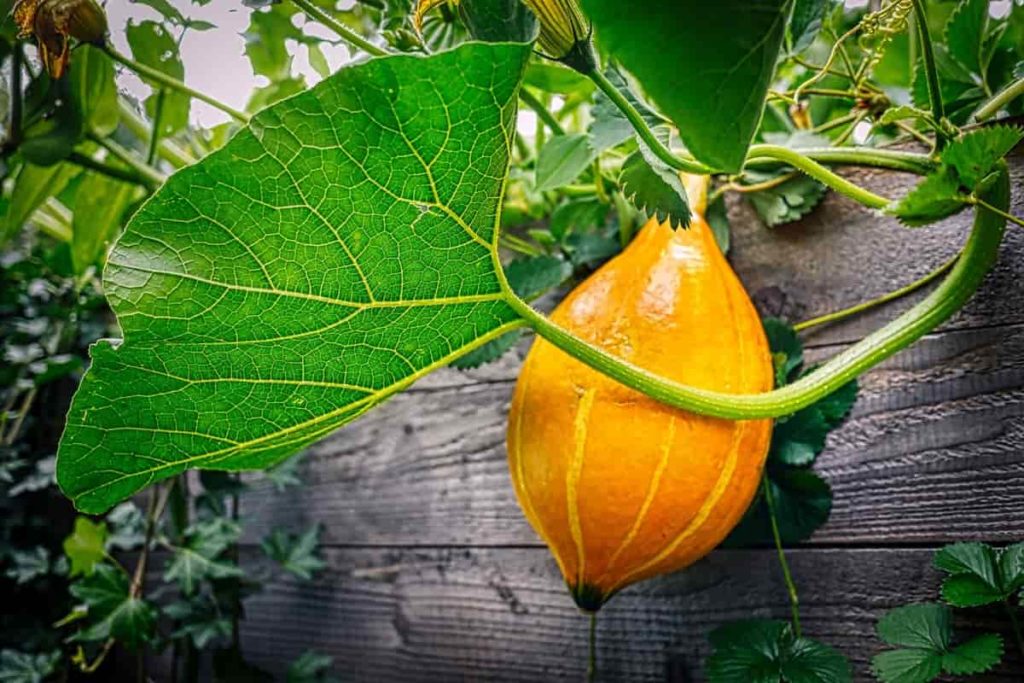
Waterproof your terrace
Before setting up your garden, it is essential to waterproof the area first. It will be of assistance in avoiding any harm to the structure. If your building is not waterproof, you run the risk of having leaks and roof damage. To construct raised beds or soil patches on your roof, you must ensure the roof is watertight.
You can choose to perform the roof waterproofing yourself by purchasing a heavy-duty tarpaulin sheet and covering your roof with it; otherwise, you can hire specialists to do the job for you. Your roof will become more durable if you undergo this procedure, which requires a one-time cost. After you finish waterproofing, you are free to go straight to the terrace garden.
Consider the drainage
The healthy development of any plant needs to have an efficient uptake of moisture and nutrients and to achieve this, the soil must be porous and free of waterlogging. Installing a drainage mat on top of the insulation layer will allow any excess water to run off and prevent damage to the insulation. Soil and drainage layers should be layered with a geotextile filter between them, keeping soil and organic waste from washing away and clogging up your drains.
If you choose to grow plants in containers, the requirements are rather simple: you only need to ensure that any extra water that may seep out of the containers can be drained away. Because of the significant quantity of watering required for plants kept in pots, it is ideal to have a water supply conveniently accessible to the terrace or balcony where the plants are kept.
It is a good idea to construct a wind barrier, such as a trellis, in your elevated and exposed outdoor space if you want to protect more fragile plants and make the area more livable for you and your family. Trellises are ideal growing environments for a variety of climbing plants.
Pick the right containers
You must choose a container that is of an appropriate size for the plants that you want to grow. Choose containers based on the plant you wish to grow. Containers for large plants must be large, while containers for smaller plants must be small. Plant pots for terrace gardening come in a variety of sizes.
Before putting soil in the container, drill a hole in the base of the plant pots. This will allow excess water in the soil to drain out of the pot. And to avoid further soil loss, cover the hole with a little layer of gravel or a bag. If you use fabric grow bags instead of fabric pots, you don’t need to make a hole in the bottom. Grow bags made of the fabric can automatically release excessive water and protect the soil from erosion.
Choose the right soil
It is essential, to begin with, good soil to grow a healthy organic garden on a terrace. The organic matter in the soil, which includes things like manure, peat moss, and compost, is the most critical component of the soil. Organic matter is the most excellent option since it is composed of decomposed microorganisms once part of previous plant life. These microbes provide the essential nutrients that plants need to thrive.
Unless you aren’t harvesting or growing anything for at least two months after applying manure, you should compost it well before using it. You can make your compost pile by designating a space or a container as the location where organic materials, such as harvested plants or garbage from the kitchen, will break down into compost. You may also use bagged compost, readily accessible at garden shops, or purchase it in large quantities if you have an expansive garden.
One to two inches of mulch can be spread over the soil to reduce weeds and retain moisture. It creates a barrier that inhibits weeds from receiving sunlight and from sprouting; hence it is an effective method for weed control. In addition, the mulch layer prevents the spores of fungal diseases from floating onto the plant’s leaves. Use an organic substance such as mulch to add valuable organic matter to the soil as it decomposes. This can be done by covering your plants with organic material.
In case you missed it: Best Season to Grow Bell Pepper/Capsicum at Home in India: in Pots, Terrace, Apartment Balcony, and Backyards
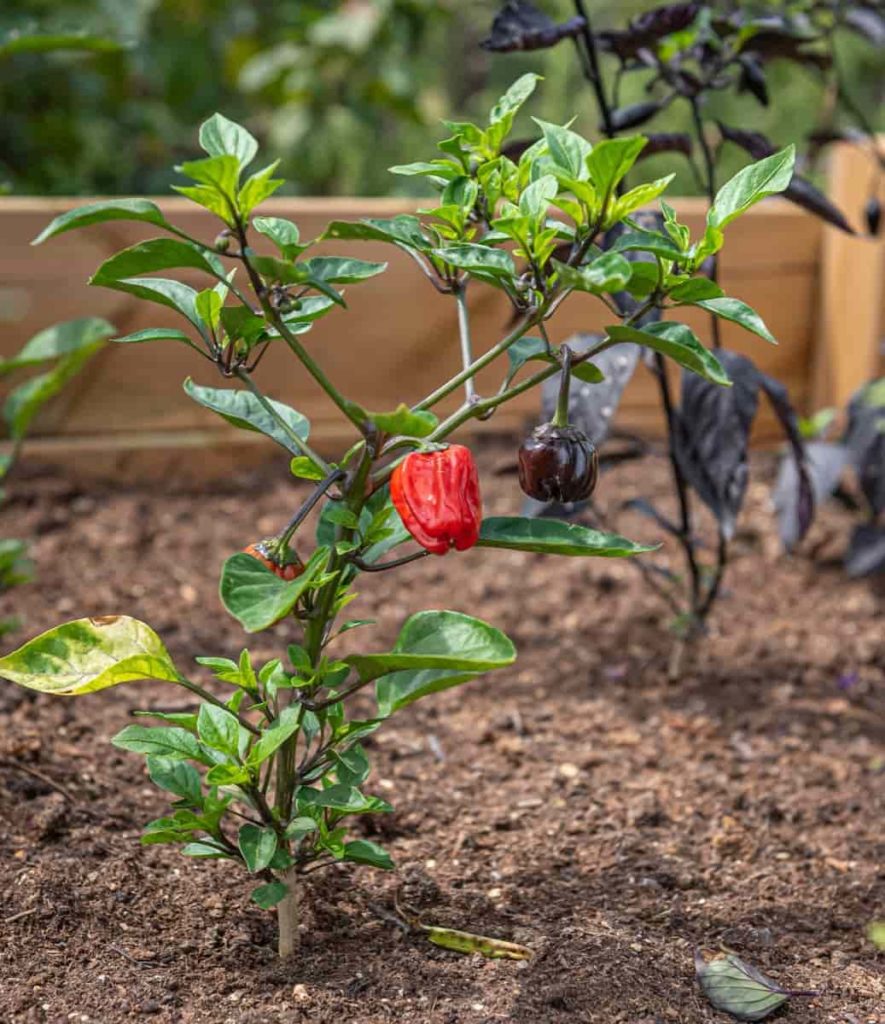
Plant your terrace garden
You can begin planting as soon as you have your pots, potting soil, fertilizer, and seeds ready. Plant the seed approximately an inch deep into the potting soil if you’re using a seeding tray, and then water lightly. Each plant may be moved to a pot when it has 5 or 6 leaves growing out or is around 3-4 inches tall.
Plant roots can be damaged and dried out if exposed to direct sunlight while transplanted. Start small and expand until you’ve worked out all the problems and have a solid system in place if this is your first expedition into home gardening. Those interested in producing their veggies might start with a single vegetable, such as tomatoes, which are simple to produce and need little attention.
Remember that your plants won’t start growing overnight, so you’ll need to exercise some patience if you want them to thrive. This is the most crucial thing to keep in mind about this situation. A well-tended garden will reward the time and work you put into it, just like any other endeavor worth your time and attention.
Consider vertical gardening
Given the restricted area available for gardening on a terrace, it is a brilliant idea to encourage the practice of vertical gardening on terraces. For this reason, a fan of terrace gardens needs to include more trailing plants and climbers in his garden. Several of which are capable of climbing up and over a supporting pillar or an ornamental arch, while others can climb up and over the top of the border wall.
A splash of color can also be added to your terrace by growing ornamental climbers. One of the most effective ideas for terrace gardening is to use hanging plant pots made of lightweight materials. These planters play an essential part in the terrace garden.
Make sure your practice crop rotation.
It is essential to avoid growing similar plants in the same soil as their relatives grew in the previous year or two since many diseases can spread across closely related plant species. The tomato and squash families are two of the most important ones to watch. By planting different crops in other areas of the garden each year, you may prevent the spread of disease and prevent the nutrients in the soil from depleting. Weeding should be done on an almost daily basis by gardeners.
After it has rained or been watered, it is much simpler to pull weeds by hand. One can use a few different approaches while physically pulling a weed. The first step is to carefully pull the root out of the stem while also squeezing the bottom of the stem. Remove the root system by pulling it out with a weeding trowel. You may also use a hoe to remove the weed’s top layer, taking care not to damage any nearby crops. Remember that even if the weeds’ roots are pulled out, they might return.
Water your terrace garden carefully
Remember to check the watering schedule and drainage system while growing potted plants. During the hotter months, keeping plants in well-watered containers is especially important. During the winter, plants can store enough water to sustain themselves. You’ll discover how much water your plants need.
Remember never to use too much water while watering your plants. Roots may perish if they are submerged in too much water. The health of your garden will be negatively affected if you have stagnant water. Ensure the containers have holes on the bottom to allow for appropriate drainage.
In case you missed it: Urban Organic Terrace Gardening: A Step-By-Step Guide for Beginners
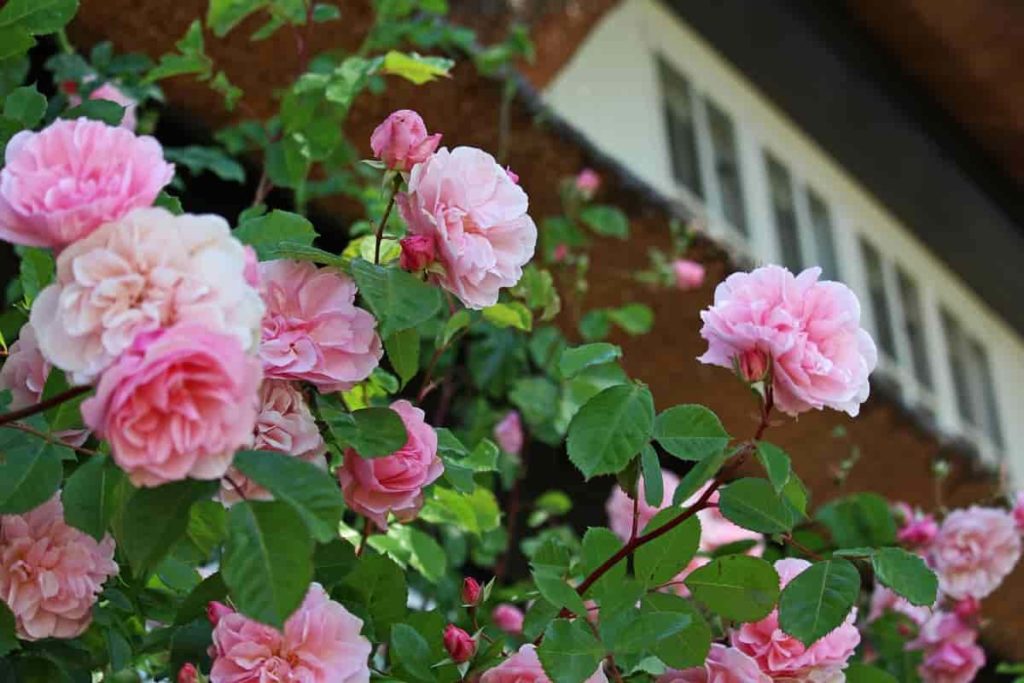
Use organic fertilizers for your terrace garden
To increase the size of your crops, you need to fertilize your plants on an ongoing basis. Pre-packaged organic fertilizer may be purchased online or at your local garden shop, as well as well-rotted manure from vegetable-eating animals such as rabbits, lambs, and chickens. However, if your soil is already rich, you may want to consider stopping further fertilization. The lush, soft growth that pests like can be terrible for them since pests prefer plants with abundant lush growth.
Mulch your terrace garden
Mulching is among the most effective methods for preventing the re-emergence of pests and preserving the moisture content of the soil. You can use hay, crushed wood, or even fruit peels as mulch.
Protect your plants
Install wind barriers: Your garden can sometimes be at risk from strong winds. Your plant might be ripped apart by strong winds with high pressure. You can safeguard your garden by installing a wind barrier or a fence if you have the money. Before erecting wind barriers, ensure the garden has enough open room to breathe.
Pest management: Pick off and kill the larvae found on fruits and vegetables, then spray neem oil at a concentration of 4 milliliters per liter of water plus a sticking agent at a concentration of 2 milliliters per liter of water or kadi soap. It is best to stay away from over-watering to prevent damping off.
Protect your terrace from UV rays and birds: When the weather becomes too hot and rainy, you can use garden shades like green nets to keep your patio area cool and dry. It will also protect your terrace garden from birds. Garden shades are UV sterilized and waterproof, and they are offered at a cheap cost.
Best vegetables for Bangalore terraces
Beans, bitter gourd, beetroots, lettuce, spinach, radish, zucchini, potato, peas, onion, okra, eggplants, cucumbers, and other vegetables can be grown easily on the terraces of Bangalore.
Best fruits for Bangalore terraces
Passion fruits, gooseberry, currants, watermelons, bananas, cantaloupes, pineapple, blueberry, and other fruits can be grown on the terraces of Bangalore.
Best flowers for Bangalore terraces
Chrysanthemums, roses, lilies, geraniums, gerberas, begonias, and other flowers can be grown easily on the terraces of Bangalore.
In case you missed it: How to Make Money from Terrace Gardening?
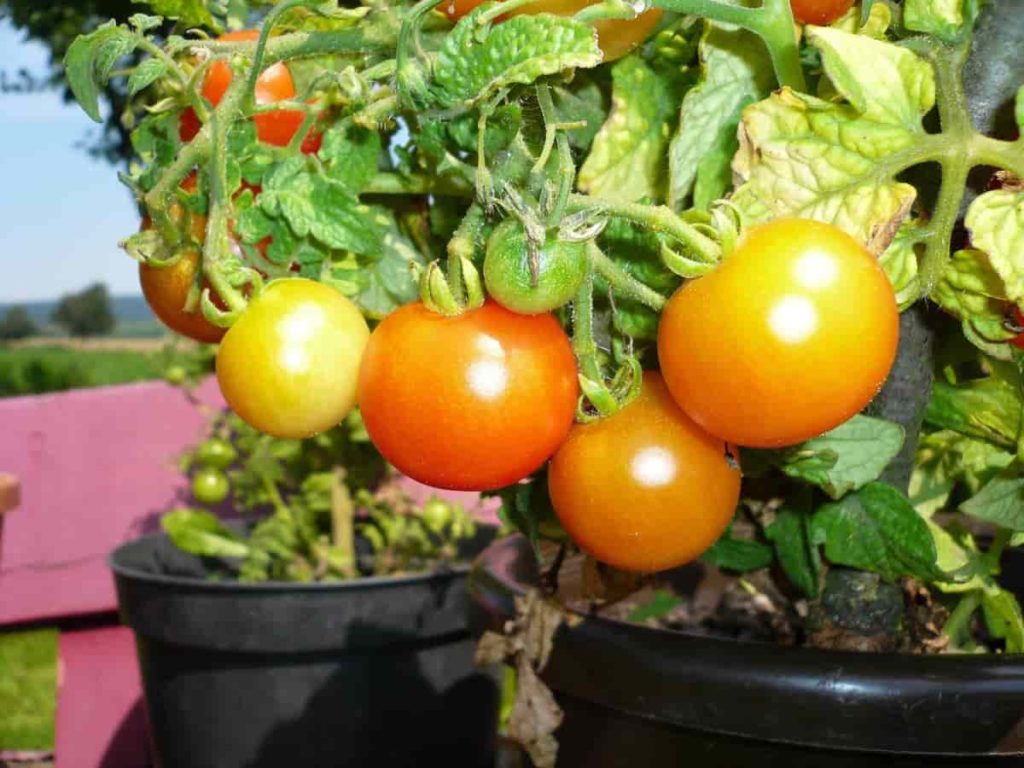
Best herbs for Bangalore terraces
Basil, parsley, coriander, basil, mint, rosemary, oregano, and other herbs can be grown easily on the terraces of Bangalore.
Conclusion
A terrace garden is where you can obtain some peace together with some organic and fresh veggies and a healthy dose of clean air. It is the ideal treatment for overcoming the exhausting routine of everyday life and making it easier to take pleasure in a life free of stress. As you know how to start your terrace garden, get up and get your hands dirty.
- Broccoli Seed Germination and Selection
- Asparagus Seed Germination and Variety Selection
- Seasonal Flower Gardening: Best Practices for Spring, Summer, Fall, and Winter
- How to Grow Hibiscus from Flower
- Plantation Ideas for Home Decoration: A Beginners Guide
- Flower Garden Designs and Layouts for Beginners
- Planting and Spacing Techniques in Papaya: A Beginner’s Guide
- Growing Gold: Essential Techniques for Planting Pineapples
- How to Make Kalanchoe Plant Bushy: Home Remedies and Solutions
- 11 Reasons Why Your Gardenia is Not Blooming: Home Remedies and Solutions
- Eco Elegance: The Guide to Designing a Drought-Tolerant Landscape
- Gardening on a Slope: Strategies for Hillside Landscaping
- Nourish and Flourish: Top Organic Mulches for Thriving House Plants
- Everything You Want to Know about Indian Mogra Flower: Discover Uses and Growing
- Green Thumb Success: Expert Tips for Cultivating Greenhouse Pumpkins All Year Round
- Maximize Growth & Flavor: The Ultimate Guide to Companion Planting in Herb Gardens
- How to Control Rhododendron Problems Naturally: Home Remedies and Organic Ways to Fix Them
- Natural Magic: The Remarkable Benefits of Cinnamon for Plants
- Best Steps to Revive Dying Tulip with Natural and Organic Treatment
- 10 Reasons Why Your Angel Trumpet is Not Blooming: Remedies and Treatment
- How to Fix Periwinkle Leaf and Flower-Related Problems: Natural Remedies and Solutions
- How to Fix Zinnias Leaf and Flower Problems: Discover Natural and Home Remedies
- Organic Steps to Induce Lemon Tree Flowers: A Comprehensive Guide
- Bloom Booster: Crafting the Perfect Homemade Bougainvillea Fertilizer
- Optimizing Growth: A Guide to Applying NPK Fertilizer for Potted Plants
- 10 Best Homemade Fertilizers for Rubber Plant: DIY Recipes and Application Method
- How to Boost Female Pumpkin Flowers: Effective Steps for More Flowers and High Yields
- Transform Your Indoor Garden: Top Benefits of Pink Salt for Houseplants
- 10 Best Homemade Fertilizers for Peacock Plants (Calathea): Easy DIY Guide
- Unlock Blooms: 9 Reasons Why Your Potted Chrysanthemum is Not Blooming
- 8 Reasons Why Your Potted Hibiscus is Not Blooming: Fix it with Simple Solutions
- Unlock Blooms: 9 Key Reasons Your Potted Frangipani Won’t Flower
- 10 Reasons Why Is My Ice Plant Not Blooming: Remedies and Treatment
- 10 Reasons Why My Potted Hydrangea Not Blooming: Treatment and Remedies
- 10 Reasons Why is My Wisteria Not Blooming: Remedies and Treatment
- 10 Reasons Why is My Goldfish Plant Not Blooming: Remedies and Treatment